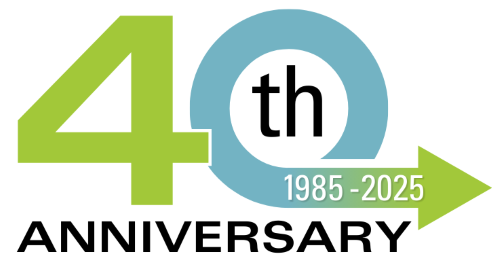Staying Secure When Working Remotely
Many of us in the Portland, Oregon area have been working from home and it’s unlikely that this situation will change any time soon. In fact, some believe that COVID-19 will redefine workspaces and change how employees interact with each other for some time to come. As more companies experience the benefits of remote work and see how well they can function without a physical office, working from home might become the norm for many industries. How can your company keep itself secure, both now and into the future?
New threats during COVID-19
When stay-at-home orders were first announced, many companies scrambled to get employees working remotely. In addition to employees working on home computers that might have insecure networks, a major opportunity for hackers has been the increased utilization of remote-access tools.
This has a very real impact on cybersecurity. Remote desktop protocol (RDP) servers are a popular method for gaining access to Windows workstations and servers. With so many computers and servers now connected remotely, hackers haven’t hesitated to take advantage of this new activity as RDP attacks have skyrocketed this spring.
There has also been an increase in malware campaigns that prey upon the public’s fear of COVID-19. By using promises of cures or other false virus-related information, users will unknowingly load malicious software that can do anything from steal passwords or credit card information to track users’ every online move.
Other threats come in the form of privacy failings from trusted software. Zoom is a great example, as its popularity has exploded during the pandemic. Thanks to its no-cost options, ability to host 100 participants, and its fun backgrounds and filters (like the now-infamous potato filter), Zoom is everywhere. However, legitimate concerns about its security have come to light. From sending user’s data to Facebook without notification to a questionable privacy policy that let detailed meeting information be collected, to false claims of encryption, Zoom has now rushed to correct many of these flaws.
What actions can you take?
With so many new threats, how can you ensure your remote workers are safe? Luckily, there are some basic steps you can take to mitigate threats.
- Ensure personal devices are secure. Virtual private networks (VPNs) are usually installed on corporate devices to maintain security. If your employees are using personal equipment from home, setting up VPNs on that equipment is a great way to maintain security. If expanding your VPN infrastructure is too onerous a task, then consider using a cloud-based tool that will generate secure connections to your network.
- Mandate a trusted security solution. Employees should use a reputable antivirus software that includes two-factor authentication.
- Implement a strong password policy. Make sure that employees use different passwords to access your resources and that the passwords they use are strong. A resource like LastPass is a great way to not only securely manage passwords, but to generate strong, random passwords.
- Educate your employees. Make sure your employees are knowledgeable by sharing your expectations and your policies in the form of a Remote Working Policy. Use the expertise of your IT and management teams to create a document that outlines your policies and serves as a tool for employees. Also, make sure to communicate with them on a regular basis about security-related topics. You might consider the following:
- Retrain employees on security basics
- Make sure they can identify phishing scams and know how to deal with suspicious emails.
- Remind them to keep their software updated and patched
Challenges with shared office space
Human error is often the cause of many security breaches. Since your employees are working from home with families and roommates, ensure that they understand the risk of working in close quarters. If your company regularly discusses confidential information on video calls, request that staff use headphones so others in the home won’t overhear. If employees often deal with confidential paperwork, make sure they keep documents securely stored and out of sight from others in the home. Plus, since so many of us are having virtual meetings, emphasize the importance of privacy in a shared space. If one person is having a meeting, the other person’s computer screen shouldn’t be visible in the background. This is a great way to unintentionally violate security and compliance protocols like HIPAA.
The quick transition to remote work has been a challenge for most companies, and as such, many have fallen short in the area of cybersecurity. By taking a few thoughtful steps, your company can get back on track. Plus, make sure you set up a paper shredding schedule so your employees can securely shred their documents. We’re taking active precautions to serve you safely and securely. Contact DataSafe today to schedule your service!

Get Your Quote
"*" indicates required fields

